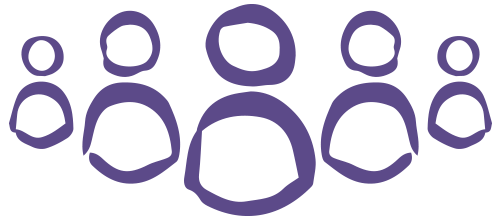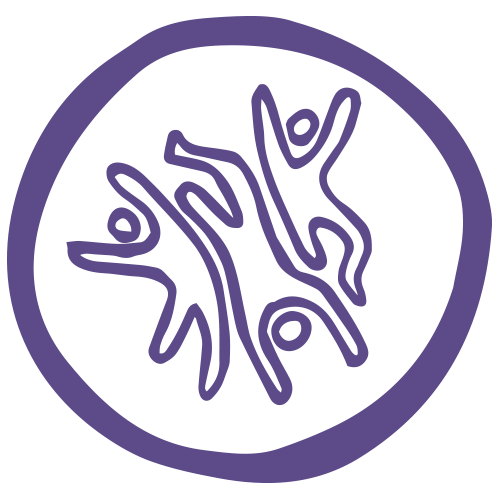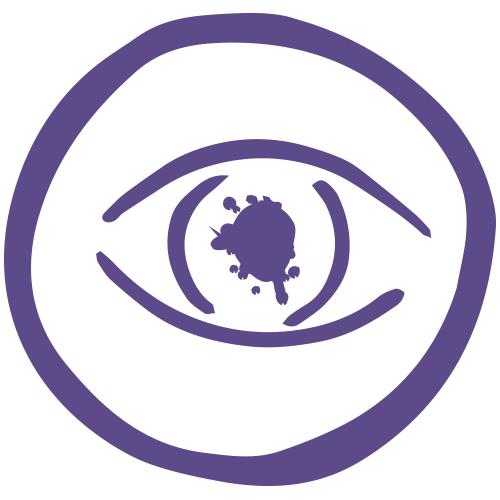We are a group of young women in Year 12 and Year 13 who have the opportunity to work with our teacher, professional dancers (Fumy, Chanelle and Kloe), a professional counsellor (Pauline) and women’s rights activists to call attention to our bodies and feelings in safe, lively and joyful ways.
We meet once a week after the school day to talk, eat and dance together. We work with different dance and musical styles of West African and African-Caribbean roots, such as bashment, afrobeats, dancehall and more. These styles can be stigmatised by the mainstream media as scandalous and sexualised with little attention to the rich histories of cultural expression embodied in their movements.
By dancing together at the end of the school day, we have an opportunity to relax, restore balance and reclaim these dance forms for ourselves.
What is misogynoir?
Misogynoir is a term coined by Professor Moya Bailey to address the intersection of racism and sexism directed towards black women in visual and popular culture.
For more on the origins of Misogynoir, click here.
Reworking the routine
Meeting up weekly to dance, eat and talk together provides a place to discuss the problems we face in school, online and in our peer communities, a place to celebrate our power and achievements, and to explore what makes a positive relationship.
Each session begins with a warm up and exploring a different dance style, which allows us to move with our feelings from the day, and celebrate our identities.
We have talked about how our bodies can be invaded by unwanted touch and comments in the world around us, but dancing together allows us to feel good in our bodies. We move together to foster a supportive and celebratory space for girls and women, as well as to breakdown some of the barriers between us and staff members at the school. Talking and debating together at the end of the session supports this connection, enabling us to share and critically unpick hurtful and hidden experiences, and explore ways that we can create change, both within ourselves and the communities we are part of.
“Taking this time together is uplifting”
“It’s a place to clear our heads”
“It’s a space to express your body”
“It’s ok to make mistakes”
“Every week we remind ourselves of our worth”

Modelling supportive friendships through Year 8 and 9 dance workshops
One of the ways we have been working to create change is through delivering workshops to Year 8’s and 9’s at local schools. We are passionate about the power of dance to bring people together and rebalance relationships. Working together with a professional dancer, in these sessions we play games, share dances and creatively talk through the things that matter to us.
We help the younger girls know that they are understood, and work with them to create performance pieces based around the challenges and joys we encounter as young women, especially in our friendships. Co-leading these workshops enables us to model supportive and collaborative relationships in a fun and creative way.


Our dance teachers and their work
Chanelle Hall
Kloe Dean
Fumy Opeyemi
![]()
Some songs we’ve loved dancing to and interpreting for ourselves:
‘Get Bodied’ by Beyonce
’16 Shots’ by Stefflon Don
(original or Afrobeats remix)
‘Walking Trophy’ by HoodCelebrityy
‘Praying’ by Kesha

![]()










